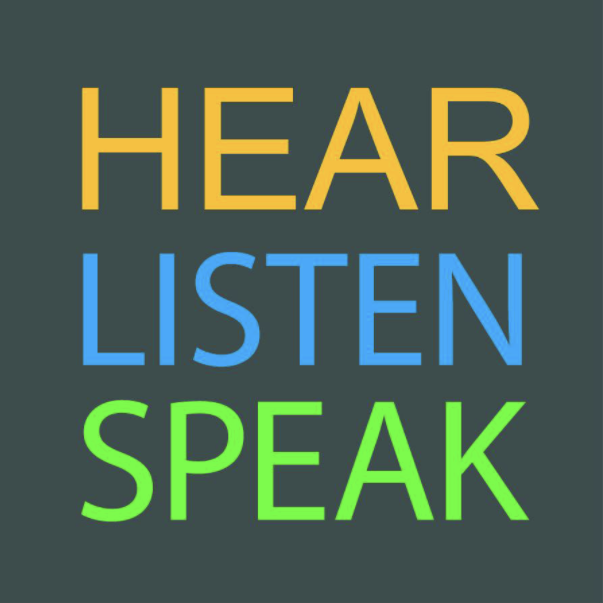One of the first things people usually do when learning a language is to study traditional grammar rules.
But counterintuitively, this actually can make it a lot harder for you to speak and understand a language with ease.
I say this because I’ve seen that learning rules like this is often overwhelming, irrelevant, and confusing.
(Disclaimer: certain easy-to-remember grammar rules can be very helpful to learn and save you time and brainpower. I’m talking about more extensive rules or lists that aren’t as easy to remember.)
This concept is very similar to learning vocabulary words in context from real speech. You can learn all the grammar you need by identifying patterns you pick up from native speakers.
The thing about grammar is that no native speakers are actually consciously aware of the rules they follow – they speak from extensive experience and exposure.
Language should not be learned like mathematical equations, where you identify all the variables and then plug in your inputs.
No one who speaks a language fluently is ever doing this kind of calculation in their mind – that would stop the flow of conversation.
No, true fluency comes from internalizing patterns (grammar) and making them an automatic part of our conversational ability.
And the patterns we need to notice and acquire are not often the kinds of grammar rules you’ll learn in a traditional language classroom.
Unfortunately, those kinds of rules are usually extremely extensive, intimidating, and outdated.
For example, in a family conversation we were just talking about the different past tenses in English, how irregular and inconsistent they are.
This made me think about the poor ESL students I’ve met who are forced to memorize long lists of these past tense conjugations.
But this really doesn’t help them to speak better, because there’s no way anyone will ever remember one of those off the top of their head in conversation.
Besides, many of the technically “correct” past tenses we don’t even use anymore! (Like drunk for example – we never say, “Oh I’ve drunk a lot of that” or “I’ve rung the doorbell three times).
Another example of an old-school English grammar rule that’s quickly going out of style is saying “There are” [plural words] – There’s a lot of people who just say “there’s” for everything now.
So let’s stop attempting to memorize these charts and rules that often include things we don’t even say anymore, because language is constantly evolving.
Instead, let’s focus on learning grammar patterns from native speakers, what they actually say and write to each other.
This is a descriptivist rather than prescriptivist view of grammar: we consider anything understandable that people say to be correct, not what your English teacher in school cared about.
So as long as people are understanding each other in conversation, they’re speaking grammatically correctly according to this definition.
To be a great grammar learner then, your task is very simple, albeit extremely time-consuming:
Pay attention to the recurring patterns you notice in native speech, and replicate it in your speaking.
This will lead to you making the same kinds of mistakes that children do while learning, which is actually great! It’s an important step on the path to confident fluency.
At first, you’ll extend logical patterns, but languages aren’t perfectly logical, so you’ll have to learn the exceptions as you go.
But instead of trying to memorize a whole laundry list of exceptions and racking your brains to find them every time you speak…
You’ll pick them up naturally as you continue learning, starting with the most common and therefore most important ones, and eventually having the same questions that we native speakers have too!
Because we only have a certain, limited amount of brain bandwidth to keep track of all of this grammar, so make sure you’re learning in a fun, personalized, natural way.
As long as what you’re learning is personally relevant, interesting, and engaging for you, you’ll be picking up more grammar every time you interact with the language.
And after a sufficient amount of exposure, imitation, and learning from mistakes, you’ll be speaking grammatically fluently like any native speaker: effortlessly and without thinking.
